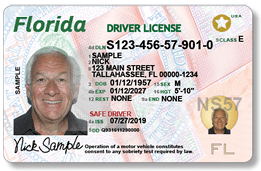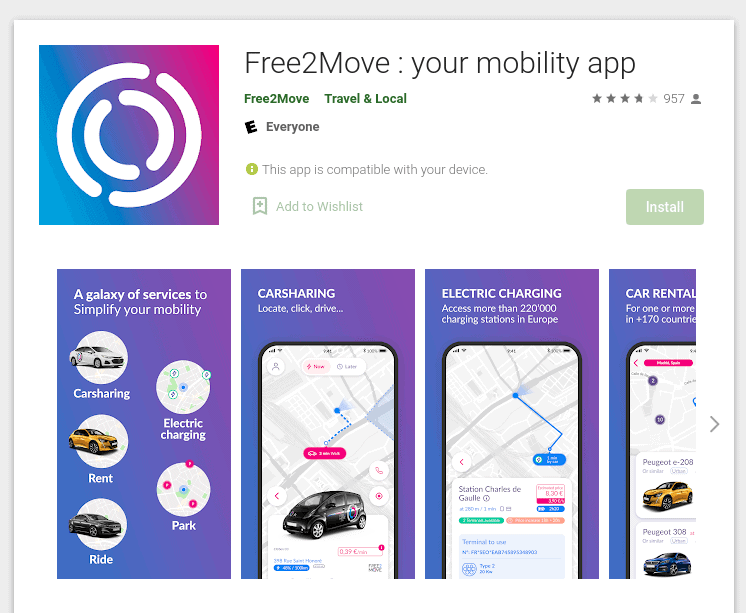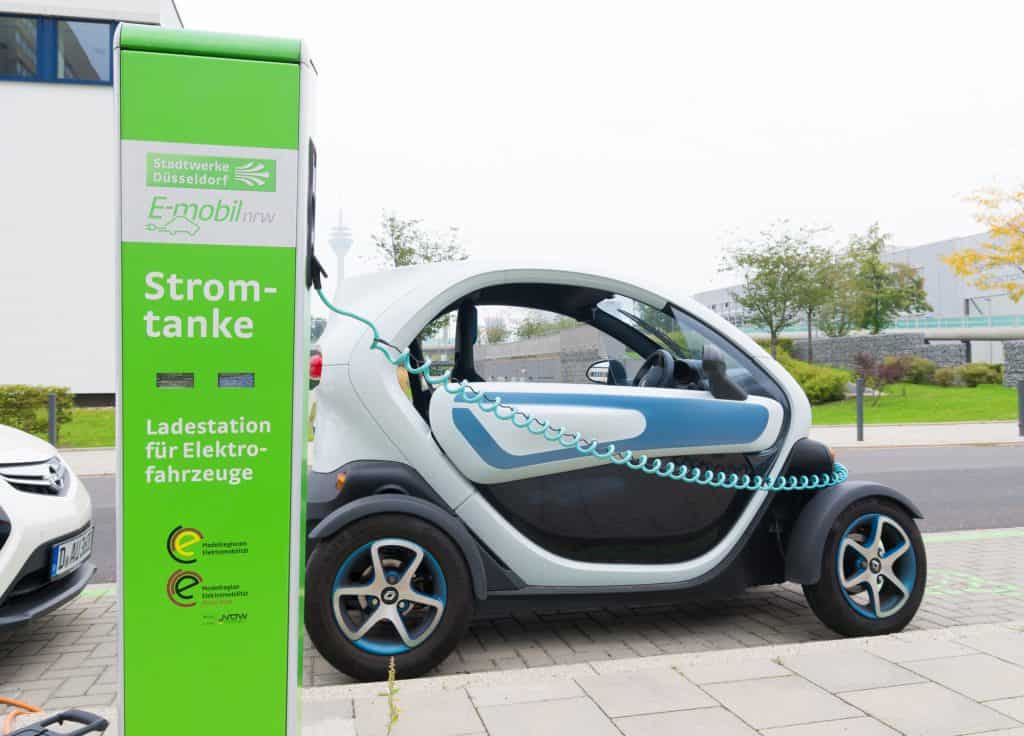The increasingly common sight of electric cars is changing the automotive world like no other new car model ever has. We are now having to rethink the concept of the gas station, preparing for the change of “fueling” our cars at home, and also dealing with other differences like range anxiety, lack of engine noise and more.
But does the promise of more electric cars on the road in the future also mean other changes to the world of driving as we know it? One thing people have imagined is that the electrification of our cars means that we will no longer need to carry driving licenses. After all, we don’t need a license to operate a golf cart, a mobility scooter, or other similar electric scooters and modes of transportation.
Do you Need a License for an Electric Car?

When it comes to an electric car as most of us understand them, you absolutely do still need to have a driving license. Besides its electric powertrain, very little else about the practical side of driving changes. You still accelerate and slow down, drive on public roads including highways and freeways, park in public places and more. Furthermore, you can still do exactly the same harm to others in the event of an accident.
Electric cars are capable of great speeds, and in the case of models like Tesla include supercar-like acceleration from 0 to 60mph. All of this makes an all-electric car still worthy of having a license. You don’t drive a golf cart on the road, nor can it reach speeds anything like that of a regular street-legal EV.
In the next section, however, we will take a look at a new driving concept from Citroen. They have a new kind of EV that would allow anyone over the age of 16, even those with no current or valid driver’s license, to operate it.
What EV Can You Drive with No License?
At first glance, it’s hard to accept that you’re not looking at a piece of candy on wheels. This is the Ami One Concept EV from Citroen, and it promises a totally new take on urban mobility, and opens up a world of transport for those with no driver’s license.
Did you notice that in the opening part of this paragraph we haven’t once yet used the word “car” to describe this concept? Citroen describe it as a “disruptive all-electric object.” It’s a two-seater vehicle, measuring about 8.2ft long and capable of reaching a top speed of 28mph. The idea is that it can be driven by anyone over the age of 16, regardless if they currently hold a full driver’s license or not.
How does the Ami One Concept Work?

Users wouldn’t have to actually buy these vehicles, but rather could use them on demand, not unlike bike sharing models such as Mobike in China. Users can unlock an Ami One with an app (Free2Move) on their smartphone scanning a QR code on the device. They will then be charged only for the period of time they use the vehicle — 31 cents a minute to be precise — paying when they park the vehicle and confirm completion of the journey and re-locking of the Ami One.
You will also be able to buy them outright. The plan is to allow either a single payment of 6,000 Euros, or $7,247, or to allow buyers to first pay $3,193 up front, and then $24 a month after that for two years until it’s theirs. The scheme was started in France exclusively, but then the plan is to grow it to Portugal, Belgium, Italy, Spain and Germany after that.
It’s a simple, elegant concept that Citroen claims can also work for short leasing periods, with users able to lease an Ami One from 5 days up to 5 years. It’s an idea planned as an alternative form of mobility to public transport, private cars and taxis.
Microcars
In the US, there is another designation for certain electric vehicles that are street-legal, but are built with limitations. The Citroen Ami One concept essentially falls into this category, but that’s strictly in Europe for the moment. What we’re talking about in American terms are known as NEVs, or Neighborhood Electric Vehicles.
NEVs are battery-powered EVs that are built with a top speed of just 25 miles per hour. Each state has the power to mandate specific laws regulating their use, but they are generally confined to roads where the speed limit is 35mph, and are strictly forbidden, therefore, from using freeways and highways. Besides speed, they are not equipped with airbags, so that too would disqualify them from any high-speed public road.

Are these the vehicles that the license shunners have been longing for all this time? The current best-seller is from GEM, which has sold some 50,000 units since 1998. Another popular brand on the scene is Renault with their Twizy heavy quadricycle. The bad news in terms of license-holding, however, is that in the majority of US states, the vehicles have to be titled, registered and driven by a licensed driver. Some states, like New York, even created additional equipment requirements like an odometer, a back-up light, and windshield wipers.
Will License-Free EV Driving Become the Norm?
As things stand, it’s highly unlikely that you’ll ever be able to drive the likes of a Tesla or Nissan Leaf without a license. There’s only one technology that can make the dream of license-free driving a reality, and that’s autonomous driving technology.
Tesla already makes bold claims about its autonomous driving technology, including calling it Auto Pilot. Some have criticized this approach as misleading since even Tesla have to include a pretty stark and unambiguous warning on their website that autonomous driving features are for assistance only, and the driver is always required to be there, ready and alert.
In the future, however, if and when the systems finally reach the level where full driving automation is a reality — this has been designated “Level 5 Automation — then the subsequent reality must surely arrive; license-free driving will be possible in any kind of electric vehicle. The truth is that it’s impossible to say how lawmakers will deal with this kind technology when we are still currently so far away from it:
- Level 1: Driver Assistance
- Level 2: Partial Automation
- Level 3: Conditional Automation
- Level 4: High Automation
- Level 5: Full Automation
Even up to Level 4, the need for human intervention at any point remains. Even if your Level 4 driverless car could handle 99 percent of situations on the road, that 1 percent means you always have to be present and alert. In this case, there’s no way around the licensing problem. Even if the car reaches Level 5, what about if the system fails and the car reverts to driver mode for you to take it home? This contingency alone might spur those in charge to simply state that all car users need to be licensed, just in case.
Claims are One Thing – Let’s Wait and See
Elon Musk has boldly claimed that with some subsequent over-the-air software updates, Tesla cars will reach level 5 first. While it’s believable that Tesla will be the first to get there, Musk has been wrong about the timelines before, and we should therefore apply out skeptical gene once more until we see some actual results.
License-free driving has some profound implications for the future of transportation. Parents will no longer have to take their kids to school; taxis won’t have to shuttle revelers home after a night on the town; car-pooling will now be a real social experience for all involved…the list goes on. It’s an exciting concept, but is bound to receive pushback at every stage.